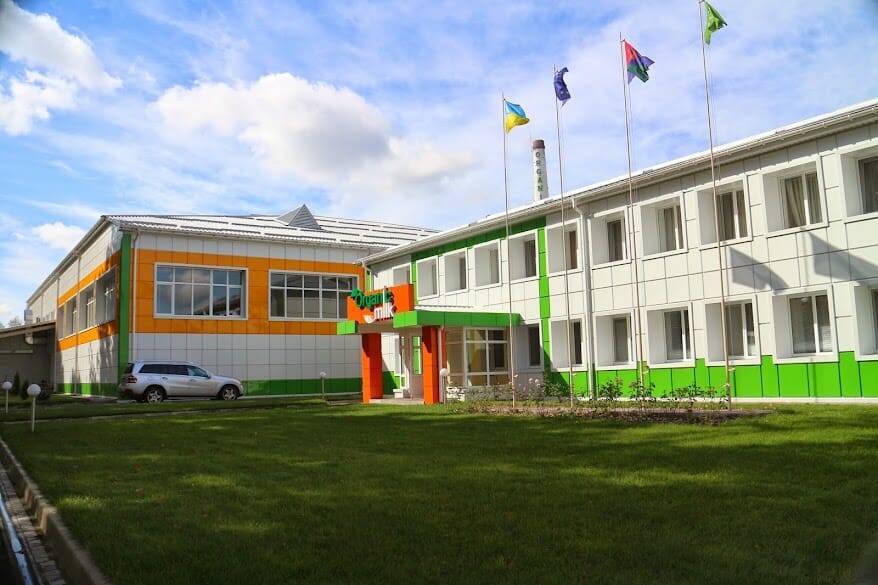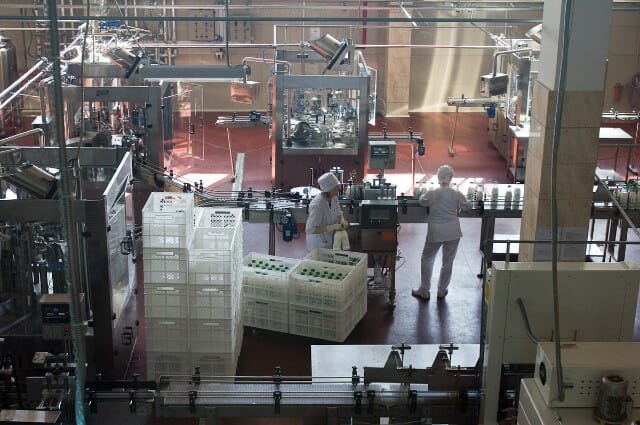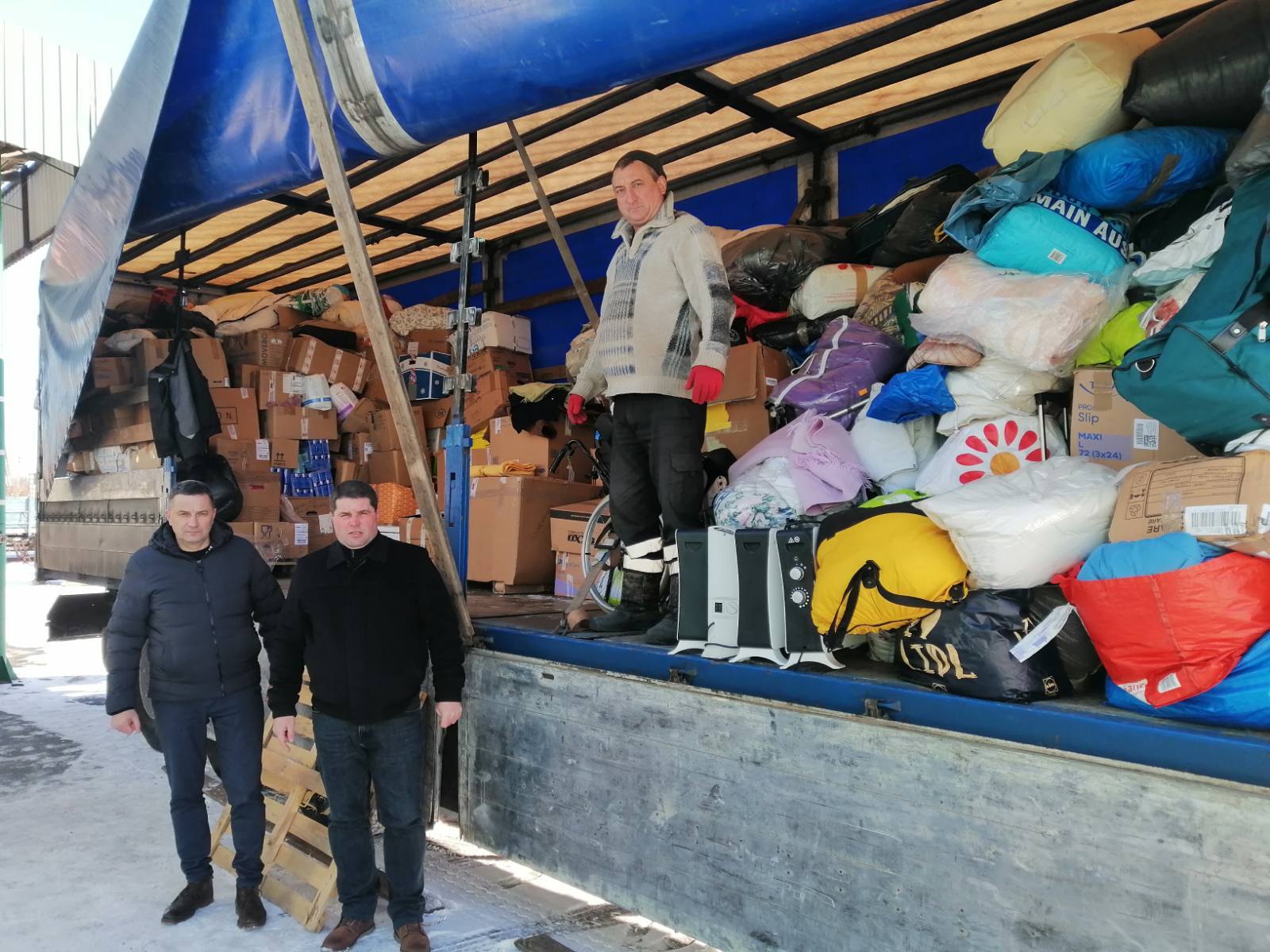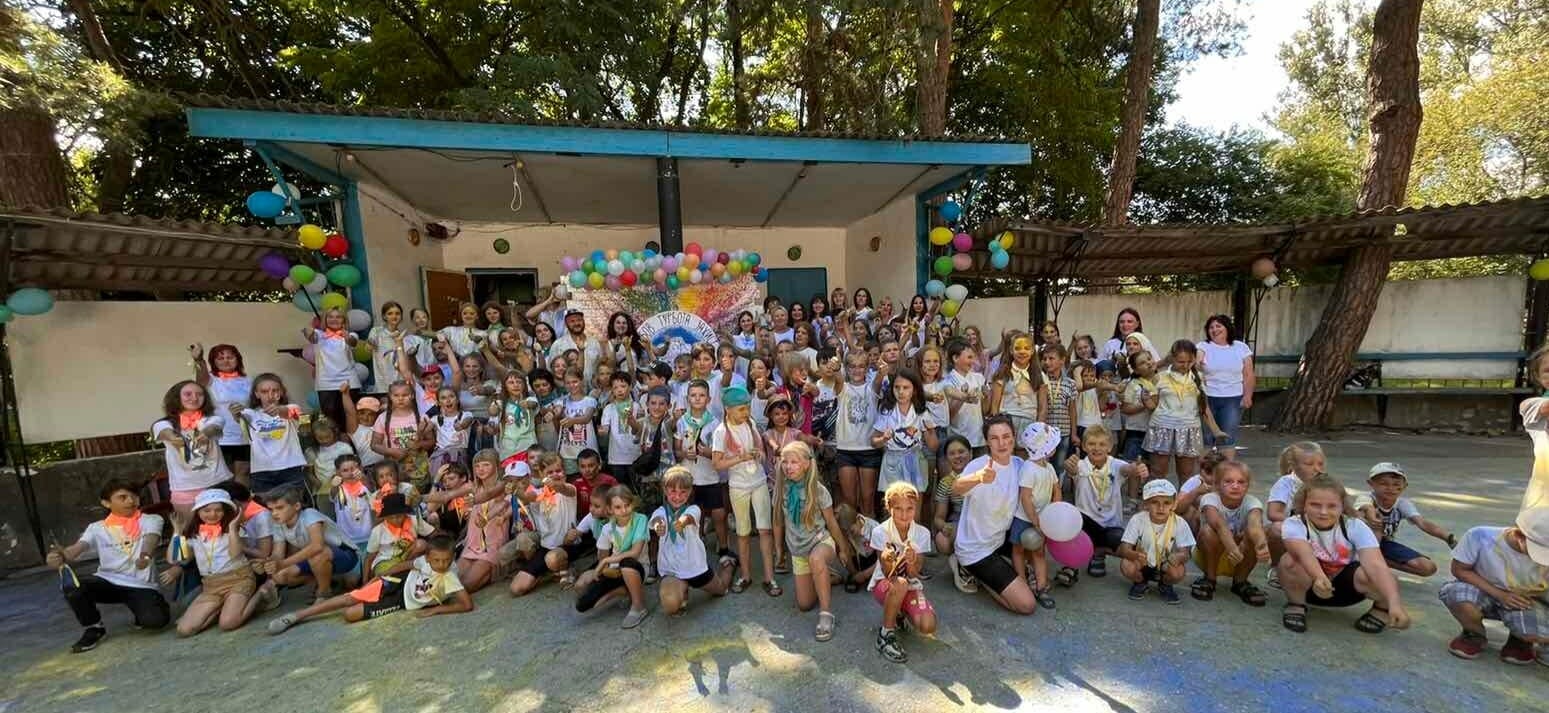This website uses cookies so that we can provide you with the best user experience possible. Cookie information is stored in your browser and performs functions such as recognising you when you return to our website and helping our team to understand which sections of the website you find most interesting and useful.
Baranivka Community

Population: 24,837 people
Urban population: 16,002 people
Rural population: 8,835 people
IDPs: 774 people
The area is 602 square kilometres.
The community includes 35 population centres.
History
BARANIVKA is a town in the Zhytomyr Region, located on the left bank of the Sluch River, 78 km west of Zhytomyr. The first documentary mention of Baranivka dates back to 1565. In 1802, the Prussian manufacturer M. Meiser built a porcelain factory in Baranivka, whose products were distinguished by a special quality. Therefore, they were in demand not only in the country, but also abroad. From a long time ago, plates were produced here – decorated with ornaments and coloured glaze, in particular the so-called Barantsi.
Baranivka became the district centre in 1923 and was granted the status of a settlement in 1938 and then – of a town on May 17, 2001. The Baranivka urban territorial community was created in 2016.

Baranivka Porcelain Museum
The museum was founded in 1952 in honour of the 150th anniversary of the establishment of the factory. The factory was engaged in the production of porcelain and porcelain plates since 1804. Traditionally, the main products of the porcelain factory were table, tea and coffee sets made of porcelain. But other interesting porcelain products were also manufactured here. The museum collection contains the first plates made at the factory in 1805 during the time of Mykhailo Meiser, who is the founder of the porcelain factory. In 1825, the factory received the right to mark its products with the imperial state coat of arms, which was a kind of sign of quality. And already in the 1850s, the Baranivka factory became the best enterprise for the production of porcelain and had significant volumes of production and sales of products. In 1895, after the purchase of the factory by the well-known philanthropist Mykola Gripari, famous foreign craftsmen worked at the factory. In the 20th century, the company expanded significantly. The introduction of advanced technologies, the switching from solid to liquid furnace fuel, and then to gas, turned the company into one of the leading manufacturers of porcelain tableware. Mykola Petrovych sent his son Petro Mykolayovych to train at one of the leading European ceramic factories in the city of Limoges (France), from where specialists in the design of tableware moulds and painting artists were invited. The quality of products improved significantly, and the factory successfully demonstrated its products at exhibitions in Venice (1910), Rome (1911), Barcelona (1913), and London (1913–1914), where it received two gold medals for the quality of products. The factory produced dining, tea and coffee sets, plates, and apothecary utensils. Among the porcelain products from the time of Gripari, a copy of a plaque with a diagonal ornament of bindweeds and a portrait of T.H. Shevchenko stands out. The museum stores more than 8,000 exhibits. Three-meter vases, tea and coffee sets. Plates decorated with flowers that look live can be observed in display cases. And they are actually real. They were subjected to a special treatment, thanks to which they kept their shape.






Spotted deer
Noble spotted deer were brought to the Baranivka forests back in 1985 from the Askania Nova reserve. At the same time, a 38-hectare forest plot was set aside for the construction of an enclosure. Now there are about 40 deer in the enclosure spanning an area of 56.2 hectares. All animals are counted every morning. If some are missing in the period of May-June, it means that the does have already retired and will return in a week, but not alone. Sometimes the doe comes with not one, but two baby fawns, which makes foresters very happy.
Spotted deer are a real tourist attraction of the community.

Economy
The Baranivka community is an organic space of generous WILDLIFE, active RESIDENTS, innovations and organic PRODUCTION.
There are over 1,000 business entities on the territory of the community, including 150 legal entities. There are 11 main industrial enterprises. In the industrial sector, the following industries have the largest specific weight: wood processing – 40%; processing – 30%; dairy – 25%; others – 5%. Organic Milk LLC is the calling card of the community. It exports to Poland, UAE, Saudi Arabia, and Jordan.
Agriculture, forestry and crop production, in particular the cultivation of wheat and rye, are significant elements of the community’s economy.





Community and War
The Baranivka community was never occupied, but at the beginning of the war it was in the immediate vicinity of the zone of active hostilities that took place in the territory of the Zhytomyr region. With the beginning of the full-scale Russian invasion of Ukraine on February 24, 2022, the first people who fled from dangerous regions and hostilities started to arrive in the community. In total, about 5,000 refugees were resettled. After the start of the full-scale war, fruitful cooperation of enterprises and institutions with foreign partner cities, volunteer organizations and foundations commenced on the territory of the Baranivka community to ensure support for the residents.


Mayor
In October 2020, Oleksandr Yuriyovych Mihei was elected the Mayor of Baranivka.

With the beginning of the war, the head of the community assumed responsibility for coordinating security and safety processes and solving humanitarian issues of the community. Volunteers, medics, military personnel, local government workers, business owners and ordinary community residents are bringing victory closer together.
“All European countries are in solidarity with us at all levels, and most importantly – at the human level! Such expressions of solidarity are extremely important for us. Today, we once again see for ourselves that international cooperation works. Twinning opens up many opportunities both during the war and during the recovery period”, – says Oleksandr Mihei.
Development Strategy
Shortly before the war, the community prepared the Development Strategy of the Baranivka Urban Territorial Community until 2027. Unfortunately, many development projects had to be suspended due to the war.
The priority tasks of the authorities today include:
- overhaul repair of the road surface in the territory of the community;
- construction of a suspension bridge over the Sluch River;
- quality water supply and drainage;
- reconstruction of the V. Khomenko Sports and Park Complex;
- improvement of the environment and community safety.

List of Sources
- Official website of the Baranivka Town Council:
- Official Facebook page
- Community Development Strategy

